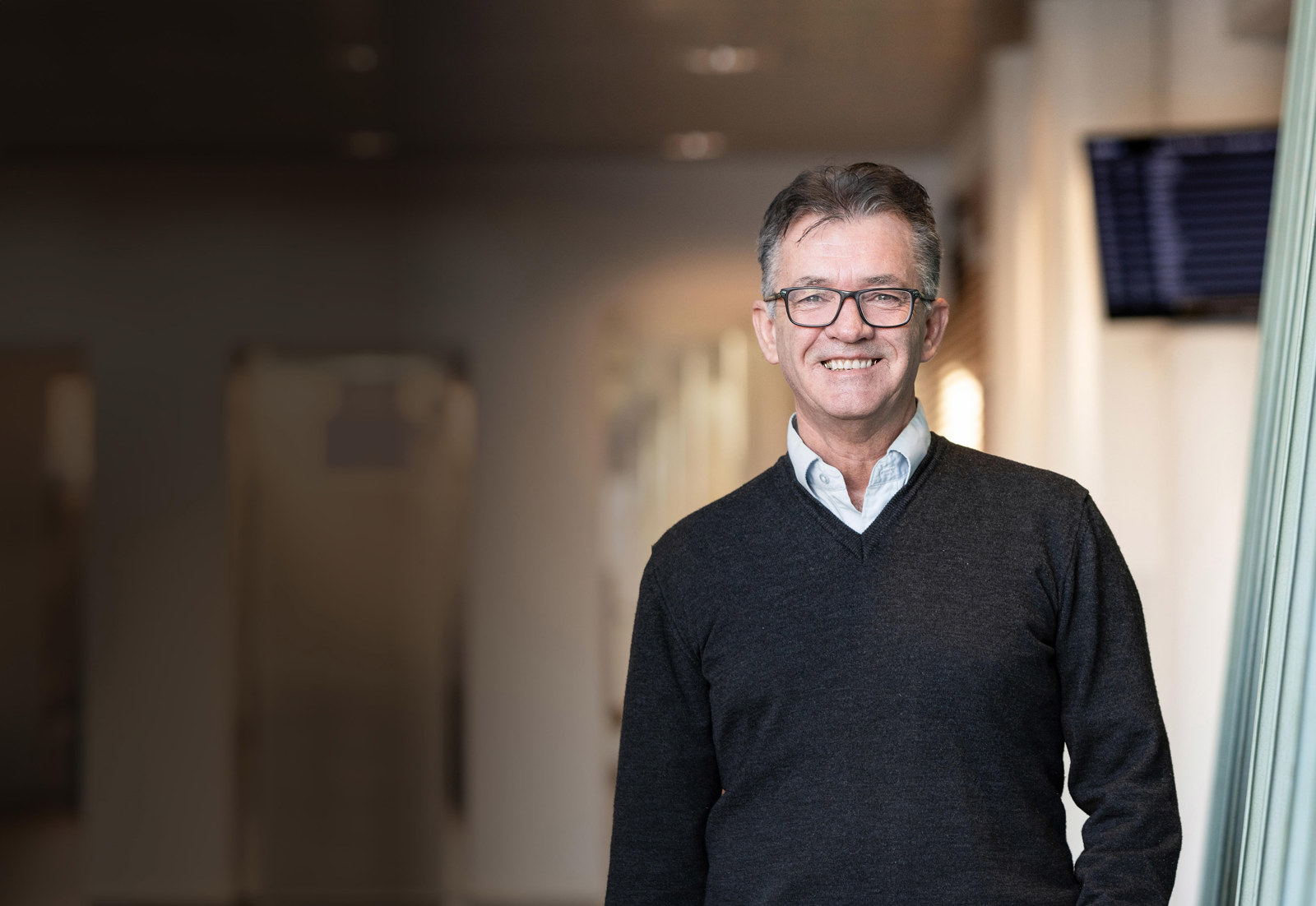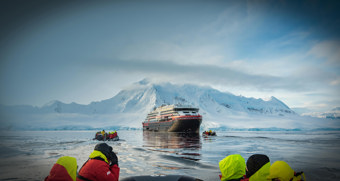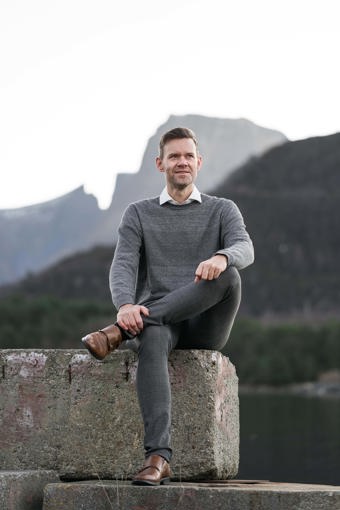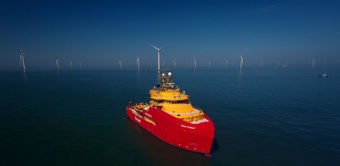
Merchant and passenger vessels feature in Kongsberg Maritime’s ship design portfolio, and like the UT, their origins go back 50 years.
-
Text:Global Sales and Marketing
Photo:©Kongsberg Maritime | ©Cecilie Hatløy | ©Hurtigruten | ©Oscar Farrera | ©Ted Gatlin
-
CRAIG TAYLORSenior Manager PR & Communications
Per Egil Vedlog, Chief Designer, Ship Design Solutions, has been part of the company for almost 40 years and has seen merchant and passenger ships embrace new technologies and adapt to changing market requirements along the way.
What are the origins of the Kongsberg Maritime merchant ship portfolio?
It began with a Norwegian company called Nordvestconsult, a design house initially working on fishing vessels and a variety of dry cargo vessels. In the late 1990s, the company was acquired by the Ulstein Group, which was already designing and building vessels for the offshore market, with an established reputation. The coming together of the two companies offered a broader range of ship design expertise to the market. Ulstein Group was then sold to Vickers, and Rolls-Royce in 1999, then in 2019 it became part of Kongsberg Maritime.

The NVC 2140 for Hurtigruten is a showcase for our strengths as a business.
What were the early significant merchant ship designs?

When did the first large passenger designs arrive?
After pure cargo, we moved into RoPax designs, with the Stena Challenger, and sister ship Stena Traveller. These were a success and were soon followed by larger vessels, including our first for a Greek owner, with Minoan Lines’ Aretousa, Ikarus and Pasiphae. These 200-metre, 1,500-passenger ships served the Piraeus-Heraklion route for many years. These were followed by Anek Lines ordering the 210-metre cruise ferries Olympic Champion and Olympic Spirit, which were extremely fast ships capable of 31.6 knots. These vessels served the Piraeus-Chania and the Patras-Igoumenitsa-Corfu-Venice route. There had to be a strong focus on passenger safety, passenger capacity and hull performance, particularly as ship speed increased.

The Kvitbjørn was delivered, along with its sister ship Kvitnos, to Nor-Lines.
-
Groundbreaking Ships delivered in2000
-
We delivered a pair of LNG-powered, 5,000 DWT4985
-
Reduced CO2 emissions by up to 40 per cent25
What were the next design milestones?
That really came in the late 2000s, as there was a growing focus on efficiency and the environmental performance of ships. We delivered a pair of LNG-powered, 5,000 DWT coastal cargo ships to Norwegian owner, Nor-Lines. These vessels incorporated a range of energy efficient technologies that reduced CO2 emissions by up to 40 per cent compared to similar diesel-powered vessels. The Kvitnos and sister ship Kvitbjørn were delivered from 2015.
We are embracing the fuel transition and a big desire to adopt sustainable technologies.
With 40 years in the job, which has been your most rewarding project?
Our first exploration cruise vessel design, the NVC 2140 for Hurtigruten, was a real showcase for our equipment and system integration strengths. The ships now undertake adventure-rich expedition voyages in the polar regions, as well as traversing Norway’s long coastline, offering their lucky passengers the chance to explore these precious environments in great comfort and safety. The Roald Amundsen and Fridtjof Nansen feature advanced technology to minimise emissions, underlining Hurtigruten’s commitment to sustainability. The battery-hybrid propulsion system enables the ships to operate emission-free for periods of their voyages, in the most environmentally sensitive areas. To fit all of this into a ship length of 150 metres, and accommodate 530 passengers, was a big challenge – it’s definitely been a favourite project of mine!

What’s coming next?
We are embracing the fuel transition and a big desire to adopt sustainable technologies. Our new chemical tanker design has now received combined orders for 11 ships, and these really are the next generation of cargo ships, with a combination of energy saving technologies. The first nine ships, ordered in three batches, by owner Terntank, are based on our super-efficient hull form, and feature progressive steps to improve efficiency, through the use of methanol fuel, batteries and even wind assisted propulsion on the final three. These will be highly efficient ships and will have an Energy Efficiency Design Index above 40 per cent below the 2025 Phase 3 requirements. This series has also been followed by a further order from Sirius Redri AB, for two more vessels of a very similar design, without suction sails.

The first nine ships, ordered in three batches, by owner Terntank, are based on our super-efficient hull form, and feature progressive steps to improve efficiency, through the use of methanol fuel, batteries and even wind assisted propulsion on the final three.
What about ammonia as a fuel?
We also have ammonia-ready designs, and we have received Bureau Veritas and DNV ‘Approval in Principle’ for a new, bulk carrier design for an exciting project for owners Viridis, with the support of funding from Enova (a state enterprise owned by the Norwegian Ministry of Climate and Environment) and great collaboration with a variety of cargo owners.
The first orders are expected in 2024.
Einar Vegsund, Vice President - Ship Design
Visit our website
Decarbonisation by design.


